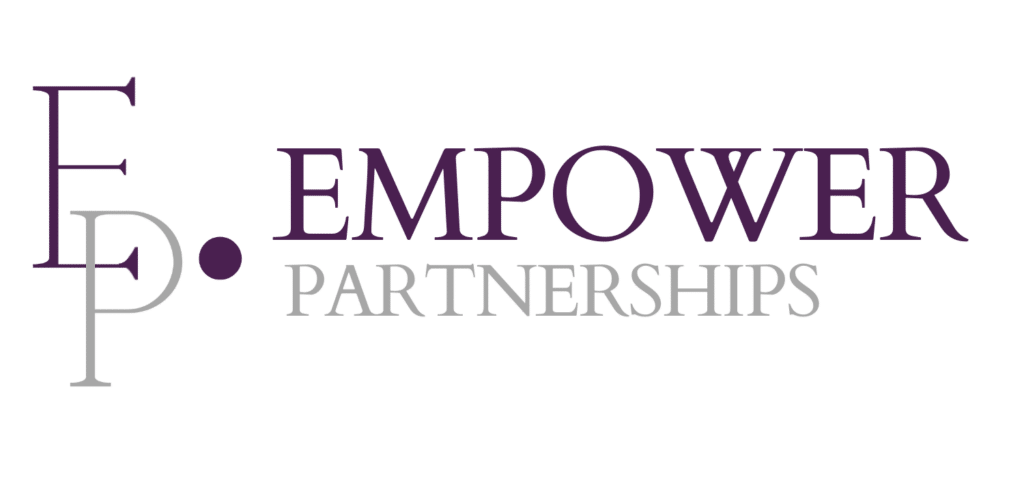When you hear the term “recruitment,” you likely think of bringing in new talent from outside your organization. However, looking externally isn’t the only strategy for finding the best fit for open positions.
Next time you’re ready to recruit, consider looking within your organization. Here are the top benefits of hiring from within—and what you should keep in mind to ensure your internal hiring efforts are successful.
What is internal recruitment? What are the advantages?
Hiring from within, or internal recruitment, refers to filling vacant positions by hiring employees from within your existing workforce. While there are different types of internal recruiting, such as an employee transferring to the same job in a new location, the most popular internal recruitment strategy is promotion of a productive and deserving member of your team.
Some of the biggest advantages of promoting employees to fill open positions include:
COST & TIME SAVINGS
From posting job advertisements on job boards to resume databases, background checks, and more, there are a lot of potential costs associated with external recruitment. While internal recruitment isn’t free, it eliminates the need for many of the costly processes necessary for effective external hiring.
Hiring from within can significantly reduce your time to hire and onboarding times, too. Candidates have already been assessed for cultural fit, their track record is easy to locate and verify, and, once hired, they won’t require as much training. Of course, any new hire should be thoroughly informed about their new responsibilities, but with the organizational knowledge current employees bring to the role, you can often forego training on areas like company culture and team dynamics.
BOOSTED MORALE
When done correctly, hiring internally is a great way to increase employee morale. If employees see that you value their contributions and are invested in their growth and development, the happier and more motivated they’re going to feel.
IMPROVED TURNOVER RATES
You shouldn’t rely solely on internal recruitment, but constantly bringing in external talent without offering internal opportunities is discouraging to employees. Beyond hurting morale, it can push employees to look elsewhere when it’s time for them to take the next step in their career. By hiring from within, businesses can potentially get their employees to stick around 41% longer.
What to consider when hiring internally
SOURCING YOUR CANDIDATES
You want to keep your hiring process fair and consistent throughout every step, and that starts with defining how you will source your internal candidates. Will you implement a manager referral program or leverage internal job boards? Or do you have a succession plan in place? No matter which approach (or approaches) you choose, create a process that is equitable and communicated openly across your organization.
ENCOURAGING EMPLOYEES TO APPLY
A fine-tuned sourcing strategy won’t do much good if none of your employees apply for open roles. Consider implementing these methods for attracting candidates:
Training programs: Give employees chances to develop their skills so they feel comfortable applying for any future job openings.
Succession planning: Build development opportunities into your organization and show employees from the start that they have room to grow.
Manager support: Managers and supervisors should encourage employees to apply for positions where they’d be a great fit.
THE INTERVIEW OR ASSESSMENT PROCESS
Many businesses fall into the trap of making informal, relationship-based decisions when hiring internally, which often leads to future performance issues and damaged employee morale. To ensure a fair process and to truly find the right employee for the position, keep your internal and external recruitment as equal as possible. When deciding on who should receive a promotion, or when conducting interviews for an open role, try to stick to the same methods.
THE CANDIDATE EXPERIENCE
One of the biggest challenges of internal recruiting is an internal candidate’s potential feelings of frustration and resentment if they aren’t selected for the position. To mitigate any negative feelings, ensure you’re providing a top-notch candidate experience that is thoughtful and transparent.
If candidates don’t get the job, you should inform them quickly and diplomatically, even offering specific feedback on how the process went and what skills or knowledge they could work on developing. Additionally, reassure the candidate that internal hiring is not about rewarding past performance but finding the person that is the best fit for the given position.
FILLING THE EMPTY ROLE
Once an employee steps into a new role, a new position (their old position) will open up. You shouldn’t let this need to fill two spots scare you away from the benefits of internal recruitment, but you will need to plan for how you’ll fill the new vacancy. Luckily, lower-level positions are generally easier to fill by hiring externally.
Get results when you hire from within
Are you ready to experience the full value of hiring from within your organization? Discover how our talent acquisition and management services ensure you’re finding the right talent for current openings and preparing your employees for future success. Connect with us today.



